I remember like it was yesterday when a fellow teammate decided to pull the trigger on his Colt M4 inches away from my melon. We were both heading downrange with the rest of our team and he got a little too close for comfort. I remember feeling the heat of the muzzle blast explode from the A2 flash suppressor and of course my ears were ringing even with ear pro on. To this day I have tinnitus thanks to close encounters of the loud kind just like that one.
Fortis Manufacturing has developed a muzzle device that would have been a little more gentle on my young, tender ears back in the day. They recently released their Control Shield. The Control Shield was designed for shooters sending rounds down range in close proximity to other shooters; be it on the square range or the two way range.
According to Fortis, "The Fortis Control Shield was designed to push the noise forward for combative situations or even for simple range use, while the top ports keep the muzzle device flat on target."
It is made of 4140 Steel and weighs in at 4.2 oz. It is 2.36 inches long and has a diameter of 1.49 inches so it will fit inside most hand guards that can house a standard 1.5 inch diameter sound suppressor.
This concept of forcing muzzle blast forward isn’t new and I have used similar devices in the past such as the Noveske KX3 and KX5 or other Krinkov Style muzzle devices. All of the previously mentioned systems used cones to direct the muzzle blast forward. The Fortis Control Shield however is a little different. Instead of being a standalone muzzle device it has been designed to mate with a host muzzle device similar to many of the modern sound suppressors available today. Before you ask, "NO" the Fortis Control is not a sound suppressor or an NFA regulated item. IT IS NOT HEARING SAFE. It also has top ports to allow the host muzzle device to continue to help reduce muzzle rise even with the Control Shield installed.
Currently the Control Shield will mate with the new Fortis Muzzle Brake which is available in 5.56 Black Nitride or Stainless Steel. It can also be ordered from Fortis as a combo with the Control Shield and Brake. The Fortis Muzzle Brake is pretty bad ass, but I will save that overview for another day. The only other muzzle device the Control Shield will work with at this time is the Rainier Arms XTC 2.0. I would anticipate that as the popularity of such devices expands (and it is) there will be more muzzle devices on the market, machined to accept the Control Shield or similar device. Fortis states it will make its patent pending quick-detach system available to other manufactures for use with their muzzle devices.




During my brief time with the Control Shield I have been very happy with it. I have it installed on a Battle Arms Development build using their 16 inch barrel. The host muzzle device was the Fortis Brake. It installed easily with a simple twist and locked into position with an audible click. To remove simply press the takedown lever, and reverse the installation process. During the course of fire I was both the shooter and the spotter. As the shooter I did notice the blast was going more forward and the report wasn’t as harsh. As the spotter I was less than 18 inches away from the shooter, on the left hand side, about 12 inches behind the muzzle. While I could definitely hear the shot, it was not mind numbing like it would have been without the Control Shield installed.
I’ve been next to shooters who’ve had muzzle brakes that were beyond obnoxious. I can recall one time I was shooting on a bench next to a guy and the blast from his rifle was blowing gear off of my bench and almost knocked my rifle over. I have a feeling had he had a device like the Fortis Control Shield he would have gotten far less dirty looks.
I think what I like best about the Control Shield is I can have the best of both worlds. I can use a muzzle device that can help mitigate felt recoil and muzzle rise, while being a courteous team mate and/or range buddy. For those looking to be a good guy (or gal) and not "that guy" that everyone curses under their breath, check it out. Your fellow shooters will thank you.

* The views and opinions expressed on this web site are solely those of the original authors and contributors. These views and opinions do not necessarily represent those of Guns & Tactics Magazine,
the administrative staff, and/or any/all contributors to this site.



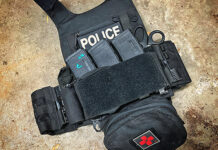
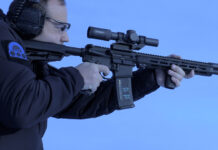

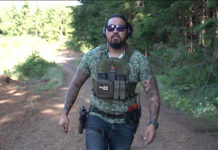
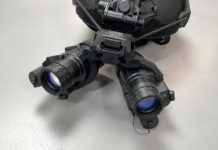

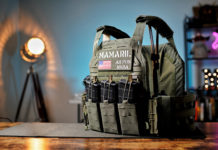
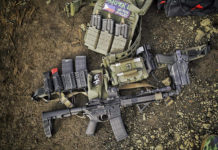
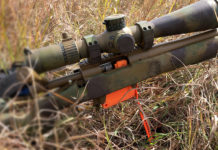

[…] a year and a half ago or so, and I’ve checked out a few of them ranging from the Ferfrans CRD to Fortis Manufacturing’s CONTROL. Most directional gas expansion devices are a cylindrical sheath that attaches directly to the […]
[…] http://gunsandtactics.wpengine.com/blast-it-forward […]